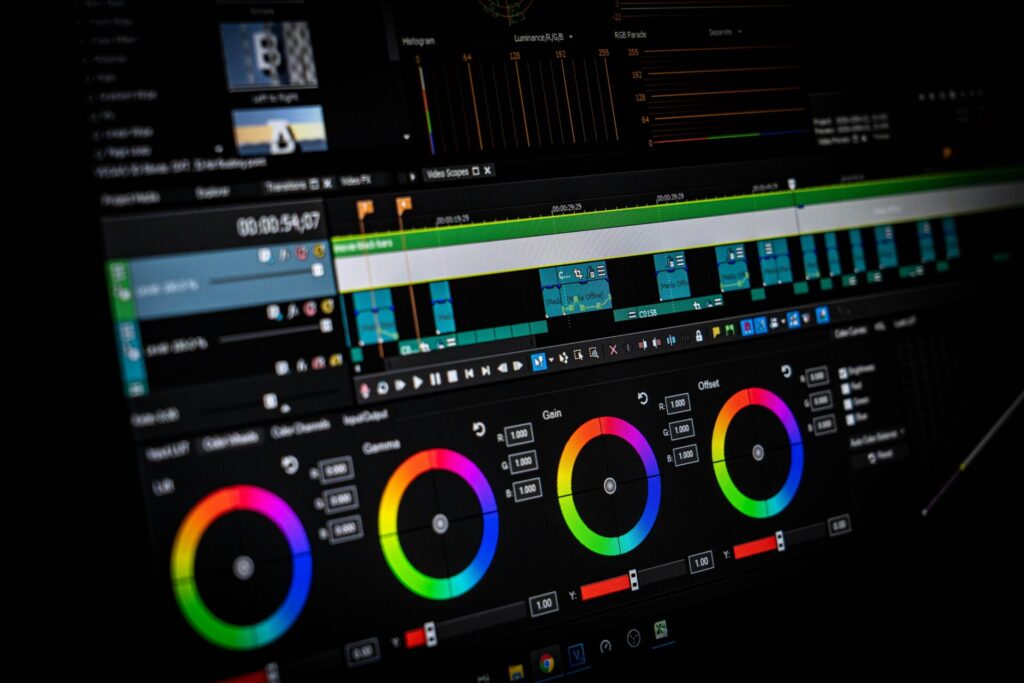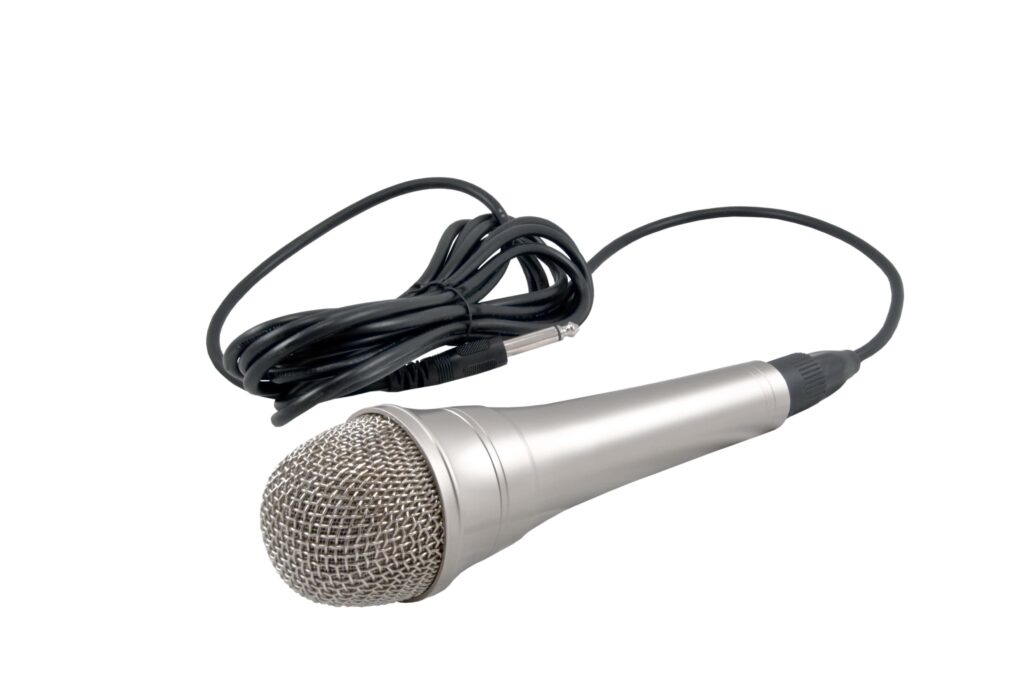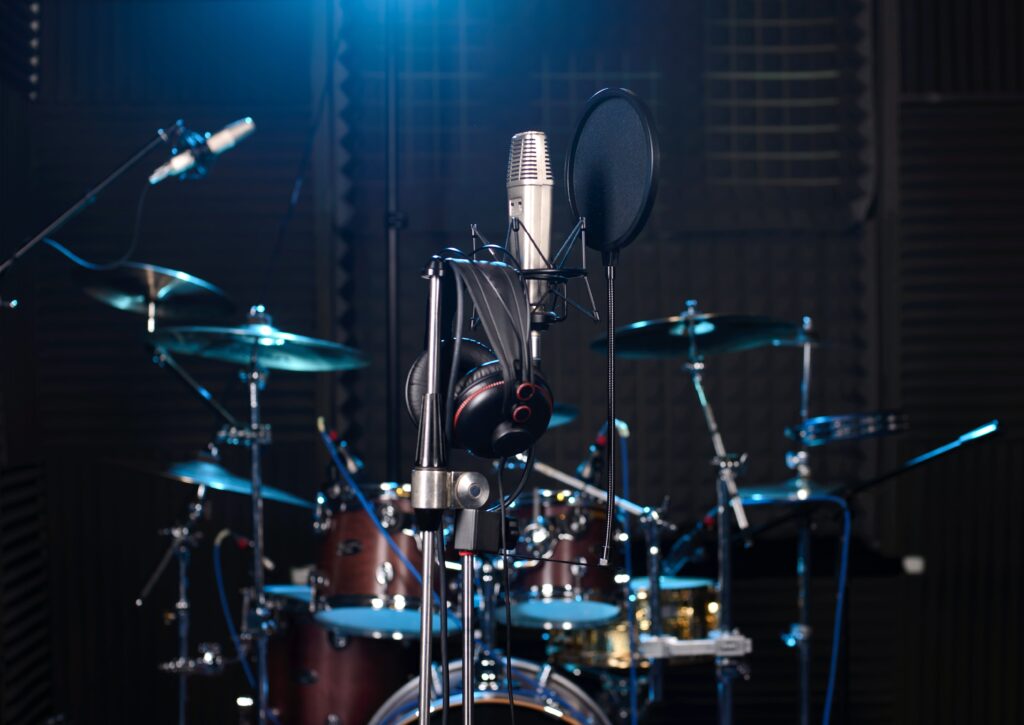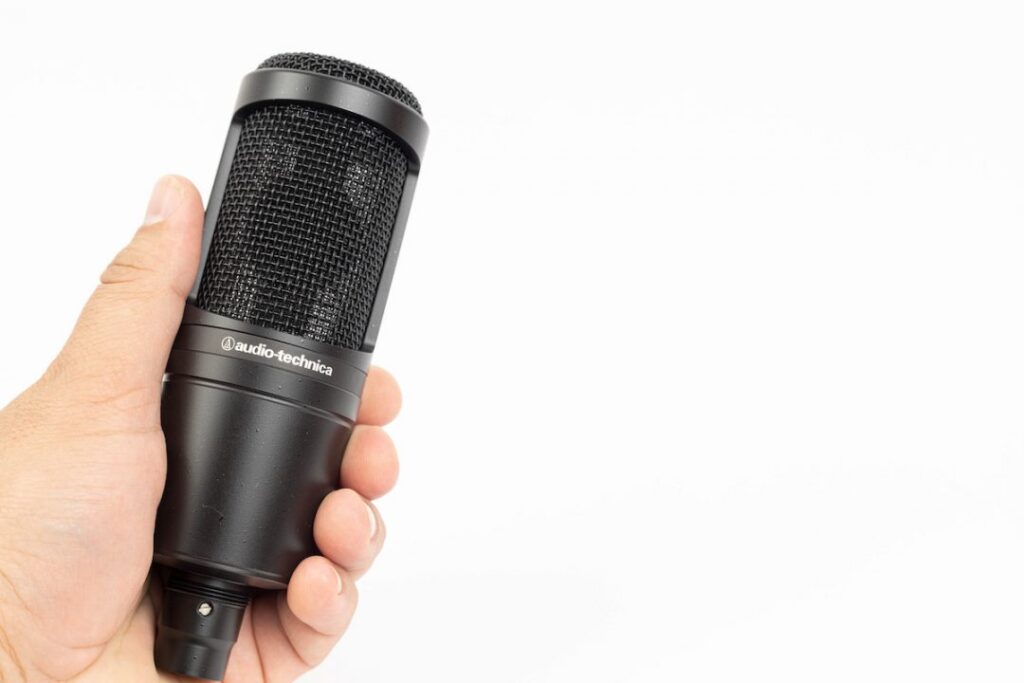In the field of audio production, achieving optimal sound quality is a lifelong search. One often overlooked aspect that plays a key role in shaping the sonic landscape is microphone placement. The position of a microphone relative to the sound source can significantly influence the clarity, tone, and overall fidelity of the recorded audio. In this article, we will investigate into the details of microphone placement and unravel its profound impact on sound quality.
The Basics of Microphone Placement
Here are the basics we should know
Distance Matters
The distance between the microphone and the sound source is a fundamental factor that directly affects the recorded sound. Too close, and you risk distortion and intense low frequencies; too far, and you may lose crucial details and clarity. Striking the right balance is essential for capturing a faithful representation of the audio source.
The 3:1 Rule
Audio engineers often adhere to the 3:1 rule, which suggests microphone placement at least three times the distance apart as they are from the source. This rule helps comfort phase cancellation issues, particularly in multi-microphone setups.
Read More: Common Microphone Problems and Solutions
Microphone Placement Techniques
Some techniques we should follow
On-Axis vs. Off-Axis Placement
Choosing between on-axis and off-axis placement involves considering the directionality of the microphone and the sound source. On-axis placement directly faces the sound source, capturing a more focused and detailed sound. Off-axis placement, on the other hand, can introduce tonal variations and is often used creatively to alter the pattern of the recorded audio.
Height and Angle Adjustments
Experimenting with the height and angle of the microphone can yield surprising sound quality results. Adjusting the height can impact the balance between direct and ambient sound while altering the angle can emphasize specific frequencies or minimize unwanted reflections.
Microphone Types and Their Impact
As discussed in other articles about the types of microphones here will be just an overview.
Dynamic vs. Condenser Microphones
Different microphones exhibit varying sensitivity to sound pressure levels and frequencies. Dynamic microphones, known for their durability and high sound pressure level handling, are often favored for live sound applications. On the other hand, condenser microphones, with their sensitivity and wide frequency response, are best in capturing the tones of studio recordings. Understanding the characteristics of each microphone type is crucial for effective microphone placement.
Read More: USB vs. Bluetooth Noise Cancelling Microphone Headsets
Polar Patterns
Microphones come with different polar patterns, such as cardioid, omnidirectional, and figure-eight. The choice of polar pattern can influence how a microphone picks up sound from different directions. Careful consideration of the intended sound source and surrounding environment is necessary to maximize the microphone’s performance.
Impact on Instrumental Recordings
Here are some impacts on instrumental recordings.
Microphone Placement for Sound Instruments
When recording sound instruments, such as guitars, pianos, or drums, the microphone placement becomes an art form. Finding the sweet spot that captures the instrument’s natural resonance while minimizing unwanted room reflections is essential. Experimenting with various placements and listening critically can lead to discovering the optimal configuration.
Close Miking Techniques for Amplified Instruments
Amplified instruments, like electric guitars and basses, often benefit from close miking techniques. Placing the microphone near the instrument’s speaker cone helps capture the direct sound and can be instrumental in achieving a tight and focused tone.
Vocal Recording Considerations
The following considerations should be in mind vocal recording.
Proximity Effect
Understanding the proximity effect is crucial when recording vocals. This phenomenon describes an increase in bass response when the sound source is near the microphone. Utilizing the proximity effect intentionally can add warmth and depth to vocal recordings.
Pop guards and Windshields
In vocal recordings, the placement of pop guards and windshields is vital. These accessories not only protect the microphone from distorted sounds and wind noise but also contribute to maintaining a consistent and clear sound quality.
Challenges and Solutions
Here is how can we tackle challenges.
Room Audibility
Room audibility plays a significant role in shaping the recorded sound. Unwanted reflections, echoes, and background noise can compromise the overall sound quality. Employing audio treatment, including absorptive panels and bass traps, can help create a more controlled recording environment.
Phase Cancellation
In multi-microphone setups, phase cancellation can occur when two or more microphones capture the same sound source with different time delays. Adjusting the microphone placement, experimenting with polar patterns, or employing time-aligning techniques can help alleviate phase-related issues.
Read More: Decoding the Language of Sound
Conclusion
When you’re recording sound, where you put the microphone makes a big difference in how good it sounds. It’s important. Whether capturing the delicate tones of a vocal performance, the echoing tones of a sound instrument, or the raw power of an amplified electric guitar, the position of the microphone is a critical variable. Aspiring and seasoned audio engineers alike can unlock a world of sonic possibilities by mastering the art and science of microphone placement. Through experimentation, knowledge, and a sharp ear, one can utilize the full potential of this often-underestimated aspect of the audio recording process.




